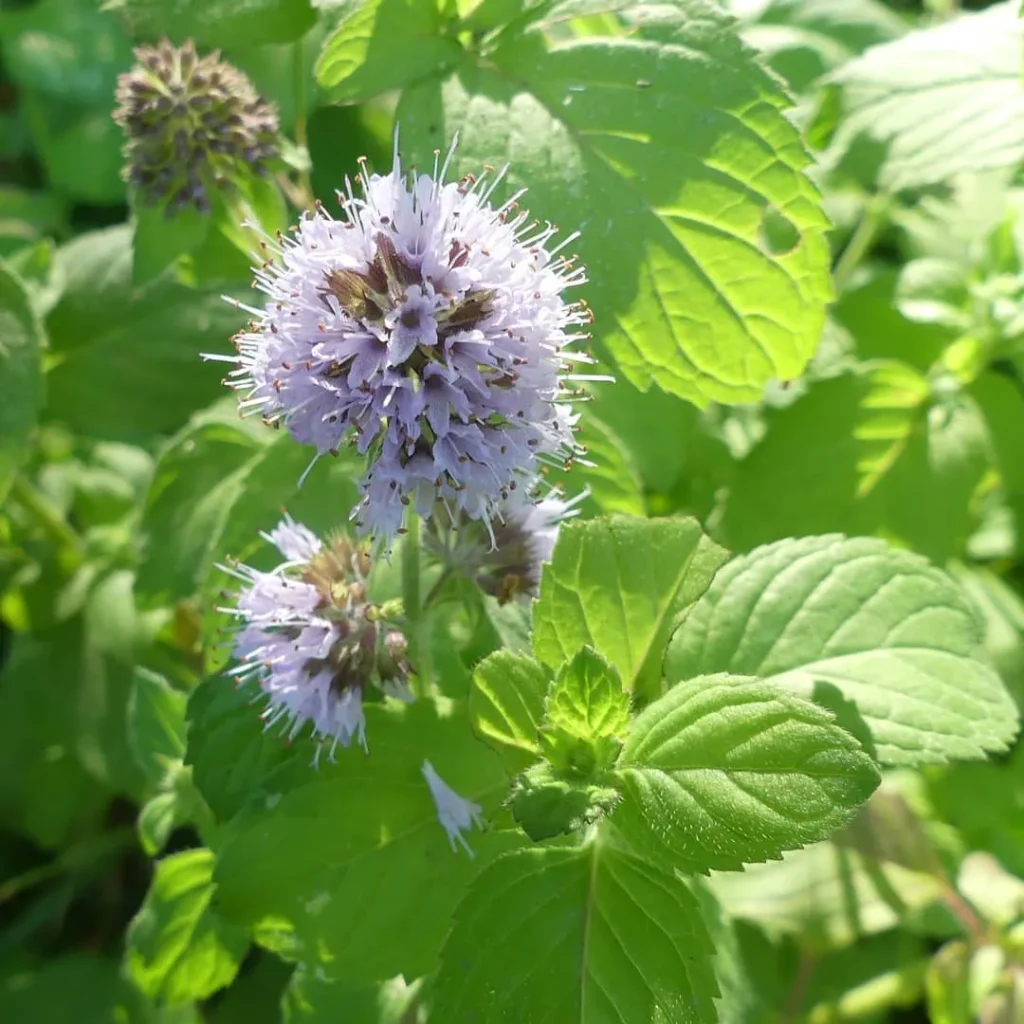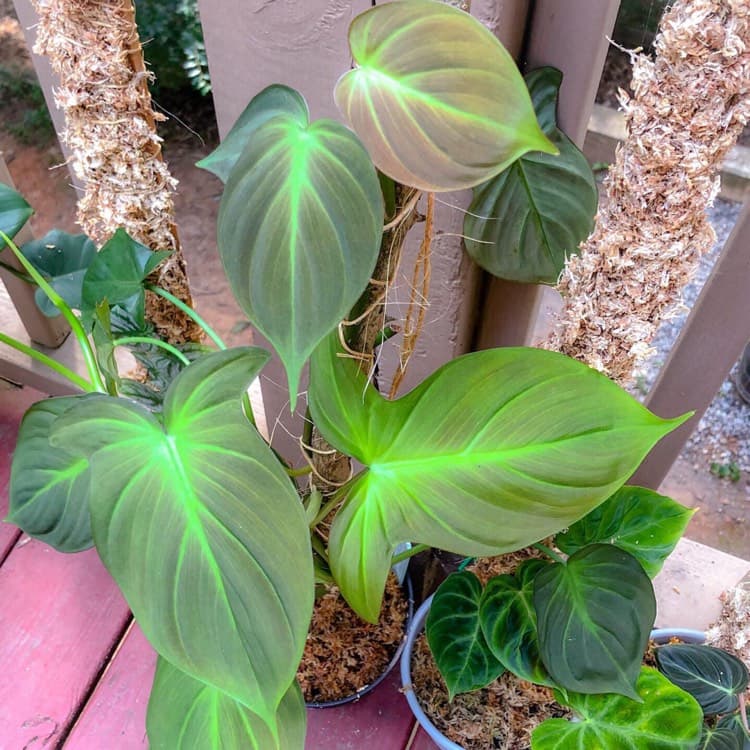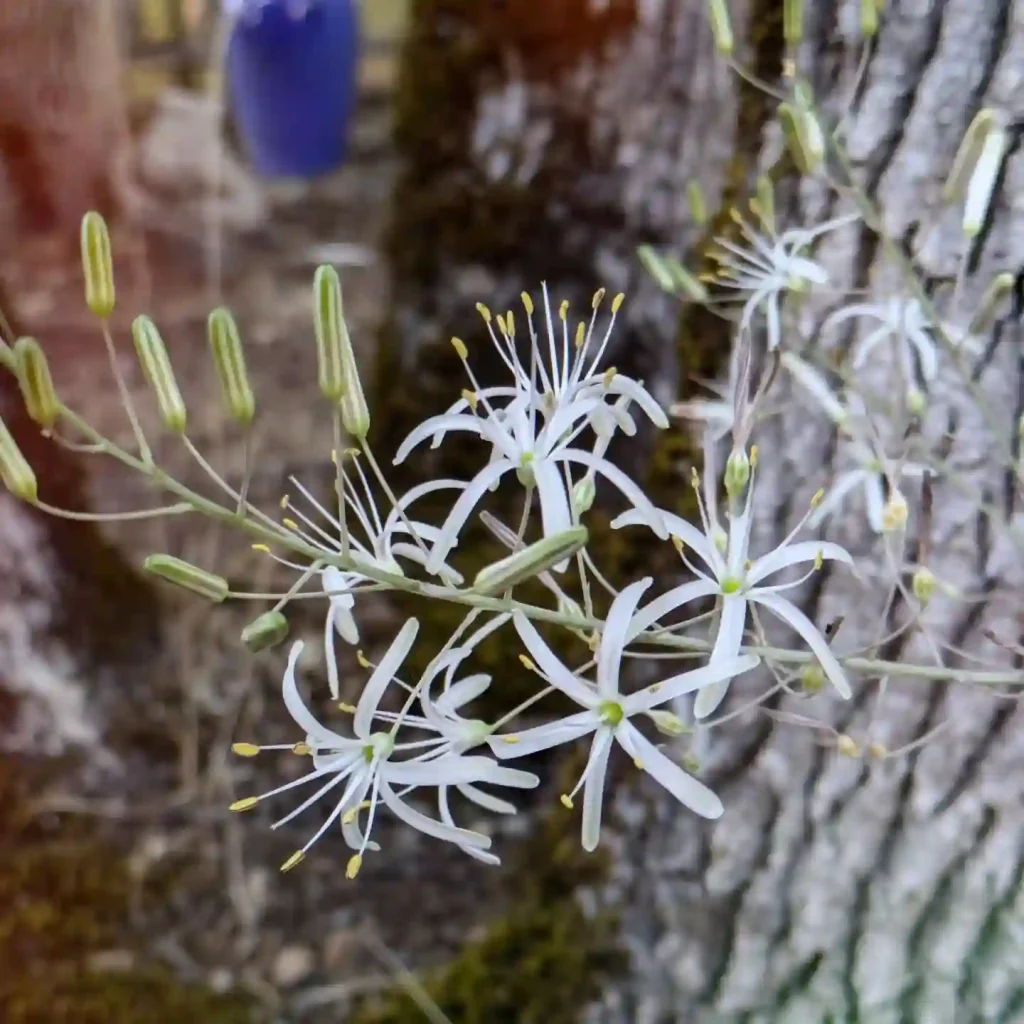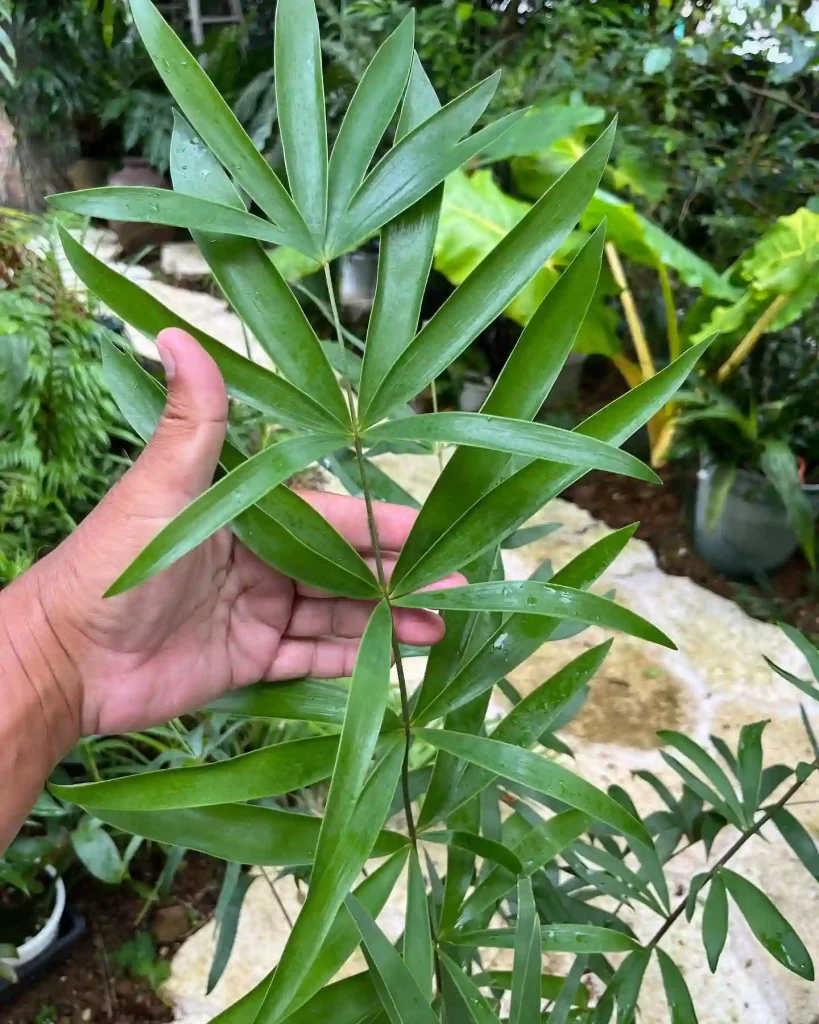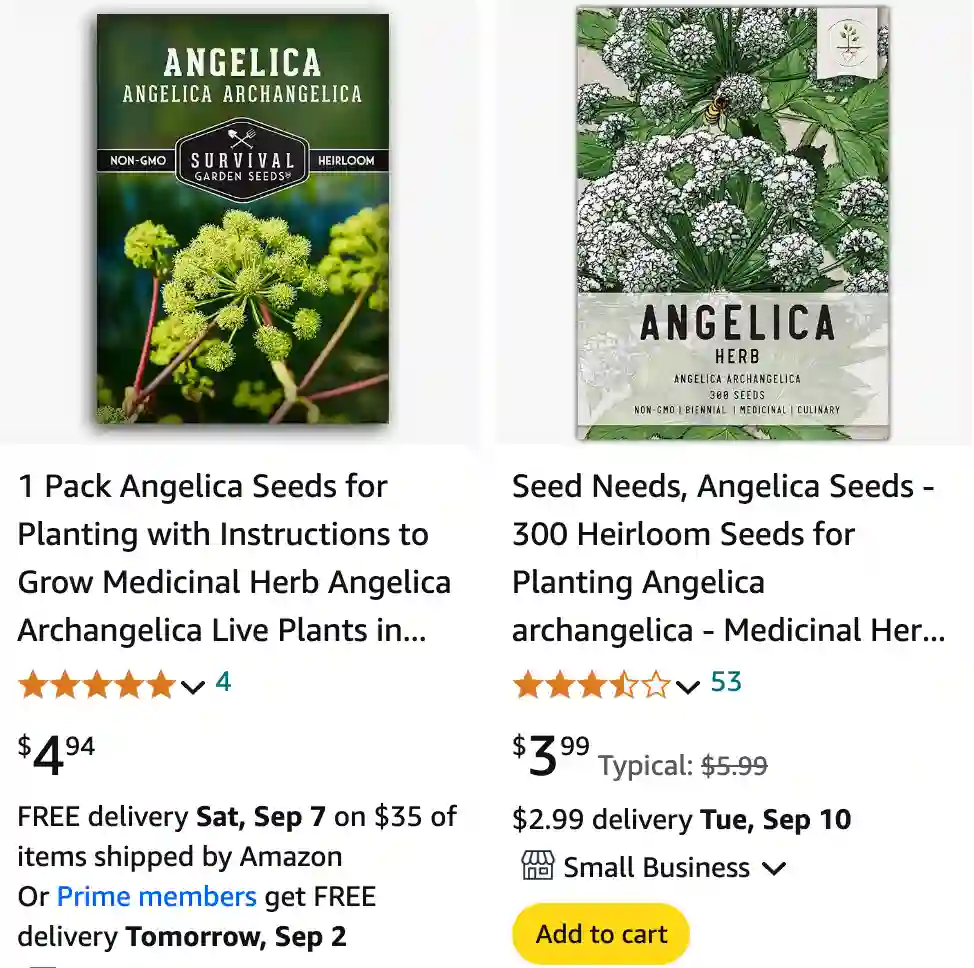
What Is Angelica Archangelica?
Angelica Archangelica, often simply called Angelica, is a robust, aromatic herb native to Europe and Asia. It belongs to the Apiaceae family, which also includes parsley, carrots, and celery. This plant is renowned for its towering height, sometimes reaching up to 6 feet, and its large, glossy, serrated leaves. The plant blooms with small, greenish-white flowers that form large, rounded clusters. Angelica has a history steeped in herbal medicine, culinary uses, and even folklore.
107 Species in Genus Angelica
How to Grow Angelica Archangelica?
Growing Angelica Archangelica can be quite rewarding. Here’s how I go about it:
- Location: Angelica thrives in a location with full sun to partial shade. It prefers cooler climates but can adapt to a range of temperatures.
- Soil: The plant loves rich, well-drained soil. Adding compost or well-rotted manure will enrich the soil and support robust growth.
- Planting: Sow seeds directly in the garden in early spring, or start them indoors about 6-8 weeks before the last frost. The seeds need light to germinate, so barely cover them with soil. Space plants about 18 inches apart.
- Watering: Keep the soil consistently moist, especially during dry periods. However, avoid waterlogging, as this can lead to root rot.
- Maintenance: Angelica is generally low-maintenance. However, you might need to stake taller plants to prevent them from falling over. Remove any flower heads that form to promote leaf growth if you are growing it primarily for the leaves.
How to Care for Angelica Archangelica?
Caring for Angelica Archangelica involves a few key practices:
- Watering: Regular watering is crucial, particularly in dry spells. Ensure the soil is moist but not soggy.
- Fertilizing: Use a balanced fertilizer in early spring. This supports healthy growth and vibrant foliage.
- Pruning: Prune the plant to remove any damaged or diseased leaves. If you want to harvest the roots or stems, do so in late autumn when the plant is dormant.
- Pest Control: Watch out for pests like aphids and caterpillars. Neem oil or insecticidal soap can be effective treatments.
How to Propagate Angelica Archangelica?
Propagation of Angelica Archangelica is typically done through seeds. Sow seeds in early spring, either directly into the soil or in seed trays. Maintain a consistent temperature of around 60°F (15°C) for germination. Once seedlings are strong enough, transplant them into their final growing position.
What Is Angelica Archangelica Used For?
Angelica Archangelica has a variety of uses:
- Culinary: The leaves, stems, and seeds of Angelica are edible and used in cooking. The leaves can be used in salads or soups, and the stems are often candied.
- Medicinal: Traditionally, Angelica has been used for digestive issues, respiratory problems, and as a general tonic. The root is often used in teas or tinctures.
- Aromatherapy: The essential oil extracted from Angelica is used in aromatherapy for its calming and uplifting properties.
What Is Angelica Archangelica Angelica Oil?
Angelica Archangelica essential oil is derived from the plant’s roots and seeds. This oil is used in aromatherapy and massage for its soothing properties. It’s known for its warm, spicy aroma, which can help reduce stress and promote relaxation. The oil is also used in skincare for its purported anti-aging benefits.
How to Use Angelica Archangelica?
Angelica Archangelica can be used in various ways:
- Culinary Uses: Add fresh leaves to salads or use the dried leaves and seeds as a seasoning. Candied stems are a traditional sweet treat.
- Herbal Teas: Brew the dried root or leaves to make a tea that can aid digestion and relieve stress.
- Essential Oil: Use a few drops of Angelica oil in a diffuser, or dilute it with a carrier oil for massage.
- Tinctures: Alcohol-based extracts of Angelica are used for medicinal purposes, typically under the guidance of a herbalist.
Angelica Archangelica vs. Angelica Sinensis
Angelica Archangelica and Angelica Sinensis are often confused. Angelica Sinensis, commonly known as Dong Quai, is a different species and is primarily used in Traditional Chinese Medicine for women’s health, especially menstrual issues. Angelica Archangelica, on the other hand, is more commonly used in European herbal practices for its digestive and respiratory benefits.
Angelica Archangelica vs. Dong Quai
While both Angelica Archangelica and Dong Quai (Angelica Sinensis) share some common names, their uses and benefits differ significantly. Dong Quai is known as “female ginseng” and is used to support reproductive health and manage menstrual cycles. Angelica Archangelica is used more broadly for digestive issues and as a general tonic.
Angelica Archangelica vs. Litoralis
Angelica Litoralis, also known as Coastal Angelica, is another species of Angelica found along coastlines. Compared to Angelica Archangelica, Litoralis has a more limited range of uses and is less commonly cultivated. Angelica Archangelica is generally preferred for its broader application in both culinary and medicinal uses.
Common Problems with Angelica Archangelica
- Pests: Look out for aphids and other insects that may attack the plant.
- Diseases: Root rot can occur if the soil is too wet. Ensure good drainage to prevent this.
- Overgrowth: Angelica can become very tall and may need staking to prevent it from collapsing.
What to Plant with Angelica Archangelica?
Companion plants that work well with Angelica include:
- Chives: Help deter pests and have similar growing conditions.
- Parsley: Another member of the Apiaceae family that complements Angelica’s needs.
- Mint: Provides a ground cover that can help retain soil moisture.
Can You Grow Angelica Archangelica Indoors?
While Angelica Archangelica is typically grown outdoors, it can be grown indoors with sufficient light and space. It requires a large pot and bright light, ideally supplemented by grow lights. However, it’s more challenging to replicate the plant’s natural outdoor conditions indoors.
Is Angelica Archangelica Toxic?
Angelica Archangelica is generally considered safe when used appropriately, but its essential oil can be potent and should be used with caution. Consult a healthcare professional before using it for medicinal purposes, especially if you are pregnant, nursing, or taking medications.
Benefits of Angelica Archangelica
- Digestive Health: Helps with bloating and indigestion.
- Stress Relief: The essential oil can promote relaxation.
- Nutritional Value: Provides vitamins and minerals that support overall health.
Angelica Archangelica is a versatile and valuable plant with a range of uses from culinary to medicinal. Whether you’re growing it in your garden or using it in various forms, it offers numerous benefits and applications.
If i die, water my plants!
